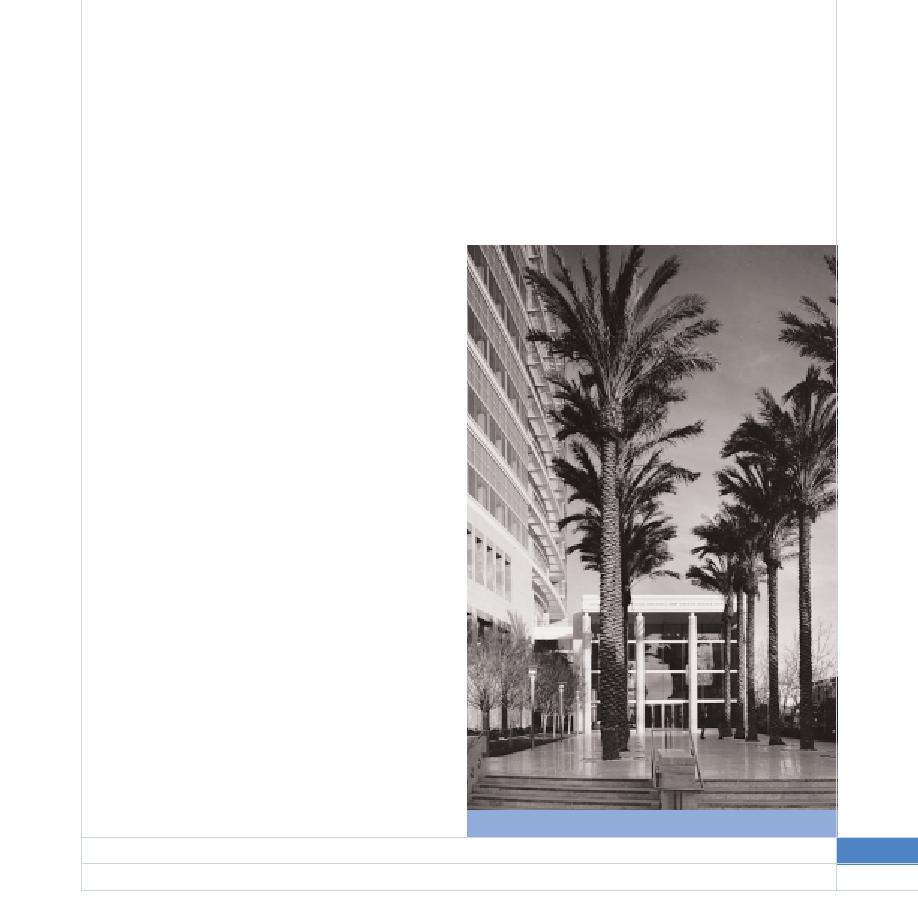
Placement
Mulch. Mulch selection should be made upon the basis
of local practice. Bark products, pine needles or other
Landscape design should be closely coordinated with
organic materials are preferred over inert mulches, such
the architectural characteristics of the building and the
as gravel which reflects heat and can burn plants, in all
community where the building is located.
geographic areas except those where drought tolerant
planting (cacti, etc) is proposed. Where hydroseeding is
Trees should not be planted where potential intruders
proposed, hydraulic mulch with recycled paper binders
could use them to climb a wall or reach an upper story
should be specified.
window. Care should be taken that the selected plant
material in parking lot islands or adjacent to walkways
will not grow over time to become hiding places for
assailants, or create a traffic hazard by restricting sight
lines. Turf should not be used for small islands in parking
lots because it is too difficult to maintain. Trees, shrubs in
low hedge rows and low-maintenance ground covers are
more suitable in these locations.
Shade. Trees should be placed to provide shady sitting
areas, reduce heat and glare on hard surfaces, and
enhance pedestrian comfort.
Planting Practices
Tagging. For most projects, tagging of plant materials
at the nursery should be employed only selectively for
specimen plants. Instead, specifications should be tight
enough to provide criteria for a rigorous inspection at
the project site and rejection of plants if necessary.
Staking. Local conventions for staking, wrapping and
guying trees should be followed. Local extension
horticulturists can provide good advice.
Warranties. Warranties for the replacement of plant
materials must be specified to extend for 1 year after
the date of building acceptance by GSA or 1 year after
installation of landscaping, whichever is later.
Ronald Reagan Courthouse, Santa Ana, CA
43
SITE,
LANDSCAPE
AND
COMMUNITY
DESIGN
2.10
Plant Materials
Revised March 2005 PBS-P100


 Previous Page
Previous Page
